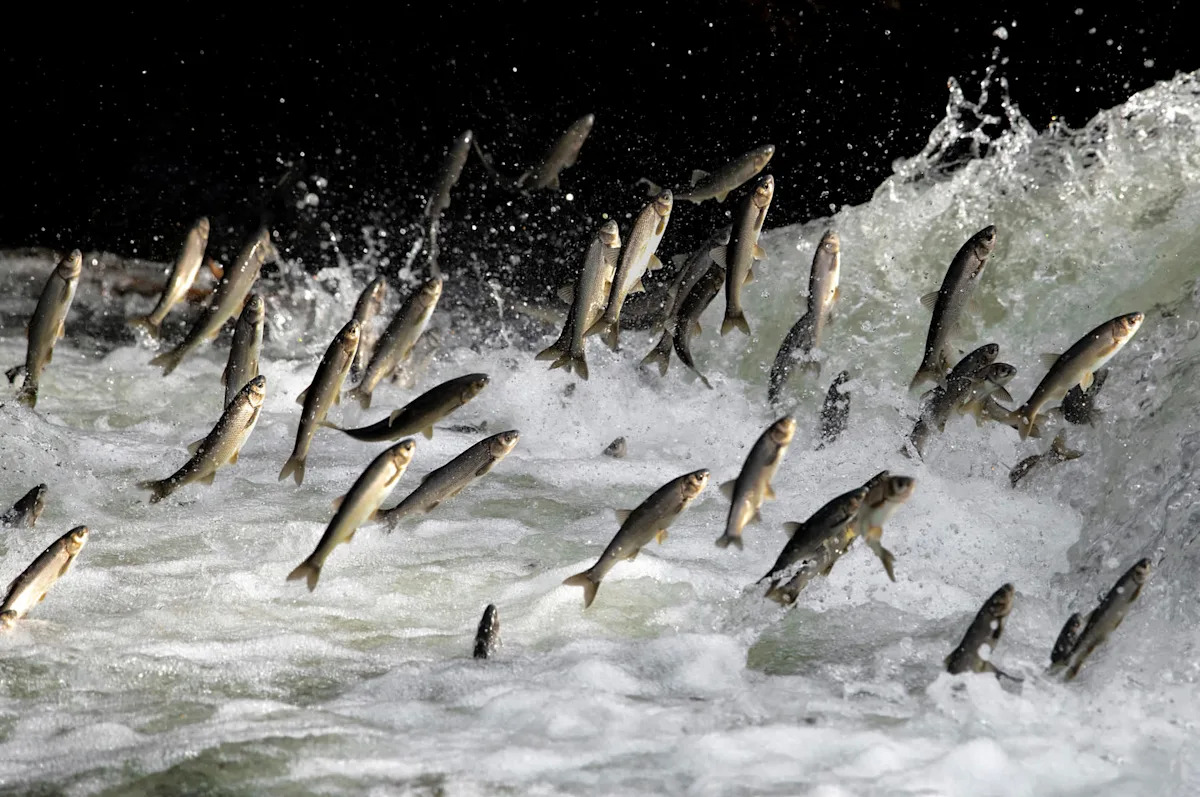Home / Environment / Microplastics Ravage Goa's Coastal Ecosystem, Endangering Marine Life and Human Health
Microplastics Ravage Goa's Coastal Ecosystem, Endangering Marine Life and Human Health
15 Nov
Summary
- Microplastics found in every animal in Goa's estuarine food chain
- Anchovies and catfish had the largest microplastic accumulation
- 19 different plastic polymers identified, 11 highly toxic

According to a recent study, scientists have uncovered a troubling presence of microplastics along Goa's coastline, with the issue permeating the entire estuarine food chain. The researchers, from the CSIR-National Institute of Oceanography and the Academy of Scientific and Innovative Research, focused their investigation on the bamboo shark, a top predator in the Mandovi estuarine system, which accounts for 97% of Goa's fish output.
The findings, published in the journal Environmental Research, reveal that anchovies and catfish had the largest accumulation of microplastic particles, with consumption being the primary mode of entry for these pollutants. In total, the researchers identified 4,871 polluting particles, including 3,369 plastic particles from 19 different polymers, 11 of which are classified as highly toxic.
These microplastics originate from various sources, including disintegrated fishing gear, tire residue, packaging waste, electronic waste, human wastewater, and textiles. As people consume the affected fish, they are also ingesting the microplastics, which can lead to a range of health issues, from weakened immunity to cancer. The contamination also affects the nutritional value of the seafood, potentially compromising the overall health of the local population that relies on these estuarine systems for both food and livelihoods.
The scientists warn that the widespread presence of microplastics in Goa's coastal ecosystem poses a grave threat to both marine life and human health, underscoring the urgent need for action to address this growing environmental crisis.



